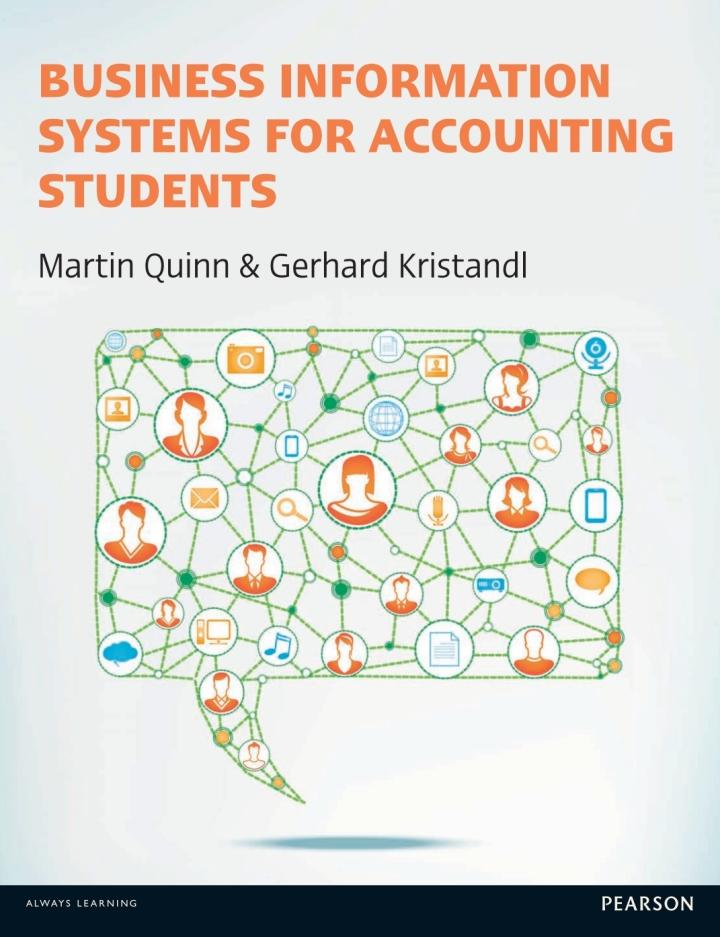Question
hi can you please help me with this income projection statement and please MAKE SURE TO DO THE STATEMENT FOR A TRUCKING COMPANY Income Projection
hi can you please help me with this income projection statement and please MAKE SURE TO DO THE STATEMENT FOR A "TRUCKING COMPANY"
Income Projection Statement
|
| The Income Projection Statement is another management tool to preview the amount of income generated each month based on reasonable predictions of the monthly level of sales and costs/expenses. As the monthly projections are developed and entered, these figures serve as goals to control operating expenses. As actual results occur, a comparison with the predicted amounts should produce warning bells if costs are getting out of line so that steps can be taken to correct problems. The Industrial Percentage (Ind. %) is calculated by multiplying costs/expenses by 100% and dividing the result by total net sales. It indicates the total sales that are standard for a particular industry. You may be able to get this information from trade associations, accountants, banks, or reference libraries. Industry figures are a useful benchmark against which to compare the costs/expenses of your own business. Compare your annual percentage with the figure indicated in the industry percentage column. The following is an explanation for some of the terms used in the table that follows:
|

Step by Step Solution
There are 3 Steps involved in it
Step: 1

Get Instant Access to Expert-Tailored Solutions
See step-by-step solutions with expert insights and AI powered tools for academic success
Step: 2

Step: 3

Ace Your Homework with AI
Get the answers you need in no time with our AI-driven, step-by-step assistance
Get Started


